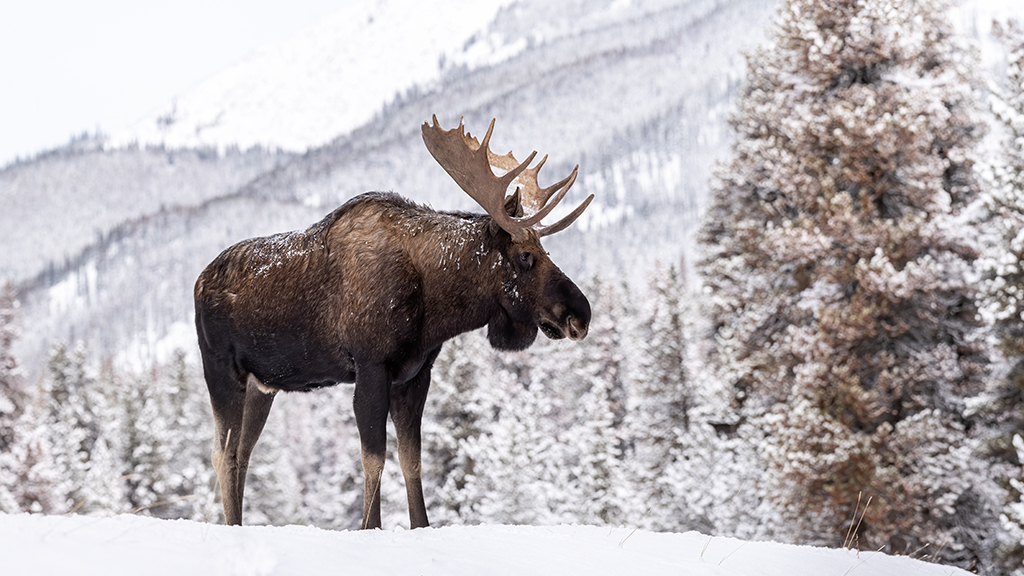Abstract
This “clicker case” focuses on the food web of the riparian bird communities of the Greater Yellowstone ecosystemand how community structure and productivity may be influenced by top-down mechanisms, resulting in a trophic cascade. As students examine the food web and non-feeding interactions among the community members, they uncover the effects of herbivore densities on songbird populations and gain an appreciation for species interactions and impacts in a biological community. The case is presented in class using PowerPoint slides (~2.6MB) that are punctuated by multiple-choice questions which students answer using clickers, though the case could be adapted for use without these technologies. Designed for an introductory biology course taken primarily by freshmen and sophomores to fulfill a general education requirement, it could also be used in an introductory course for biology majors.




